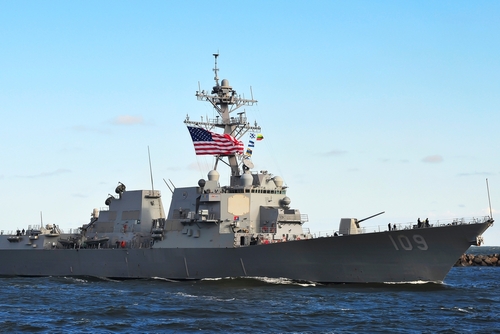
With a looming strike by the International Longshoremen's Association (ILA), U.S. retailers and manufacturers are scrambling to mitigate the potential fallout. The ILA, representing about 25,000 dockworkers, has been locked in a deadlock with the United States Maritime Alliance (USMX) over new labor agreements. If no deal is reached by the contract expiration on September 30, the strike could begin as early as October 1, potentially crippling East and Gulf Coast ports from Maine to Texas.
Retailers, particularly those preparing for the crucial holiday season, are on edge. A strike could lead to significant delays in the arrival of goods, just as retailers anticipate high demand for consumer products. Jonathan Gold, vice president of supply chain at the National Retail Federation, noted that many businesses are already preemptively increasing imports to avoid disruptions. However, even with these precautions, the impacts could ripple across the U.S. economy if the strike drags on. “Retailers are prepared for the holiday season,” Gold said, but emphasized that extended delays could lead to empty store shelves and a potential loss of consumer confidence.
NewsNation's Blake Burman discusses the potential impact of a port strike on the East and Gulf Coasts. There is a possibility of workers going on strike Oct. 1, which would coincide with the election and the holiday shipping season. pic.twitter.com/SwmCgZ8EIm
— NewsNation (@NewsNation) September 12, 2024
Manufacturers are also deeply concerned. Many rely on just-in-time inventory systems, which could see their production lines halted if raw materials and parts fail to arrive on time. The automotive sector, in particular, would be hit hard, as car manufacturers depend on timely imports of parts from overseas suppliers. A lengthy strike could exacerbate already-existing supply chain issues, potentially leading to production shutdowns across the country.
The agricultural industry stands to suffer as well, with exporters fearing delays that could cause spoilage of perishable goods. With the ports handling 40% of U.S. imports, a stoppage would likely back up shipments, impacting farmers and producers who depend on tight shipping schedules to get their goods to global markets.
A potential East Coast port strike could cripple a lot more than holiday business. Think the supply chain was bad during the pandemic?pic.twitter.com/OnkPeL0NTH
— Debbie Paige (@deb1boston) September 12, 2024
The broader economy also faces significant risks. According to experts, for each day of work stoppage, it could take five days to clear the resulting backlogs. Given that the strike would coincide with peak shipping season and China's Golden Week, delays could quickly snowball. Ships would back up in ports, rail and trucking networks would become congested, and U.S. companies relying on international trade would feel the squeeze almost immediately.
Government intervention is possible, though complicated. The Biden administration has so far resisted stepping in but could invoke the Taft-Hartley Act, a federal law allowing the government to impose a temporary cooling-off period during labor disputes deemed a threat to national security. Such an intervention has been used in past port strikes, most notably during the 2002 West Coast port shutdown under President George W. Bush. However, Biden, known for his pro-labor stance, may be reluctant to use this tool, especially with an election on the horizon and labor union support a key consideration.
The ILA is demanding significant wage increases, similar to the 32% raise secured by West Coast dockworkers in 2022. The union remains firm in its stance, and it is unclear how quickly negotiations can resolve the deadlock before the deadline. If no resolution is reached, the U.S. economy could see billions of dollars in losses, and the holiday season could become a logistical nightmare for retailers.
The clock is ticking, and all eyes are on the negotiations. For now, businesses across the nation are bracing for the worst, hoping that the strike can be averted before it wreaks havoc on already fragile supply chains.











